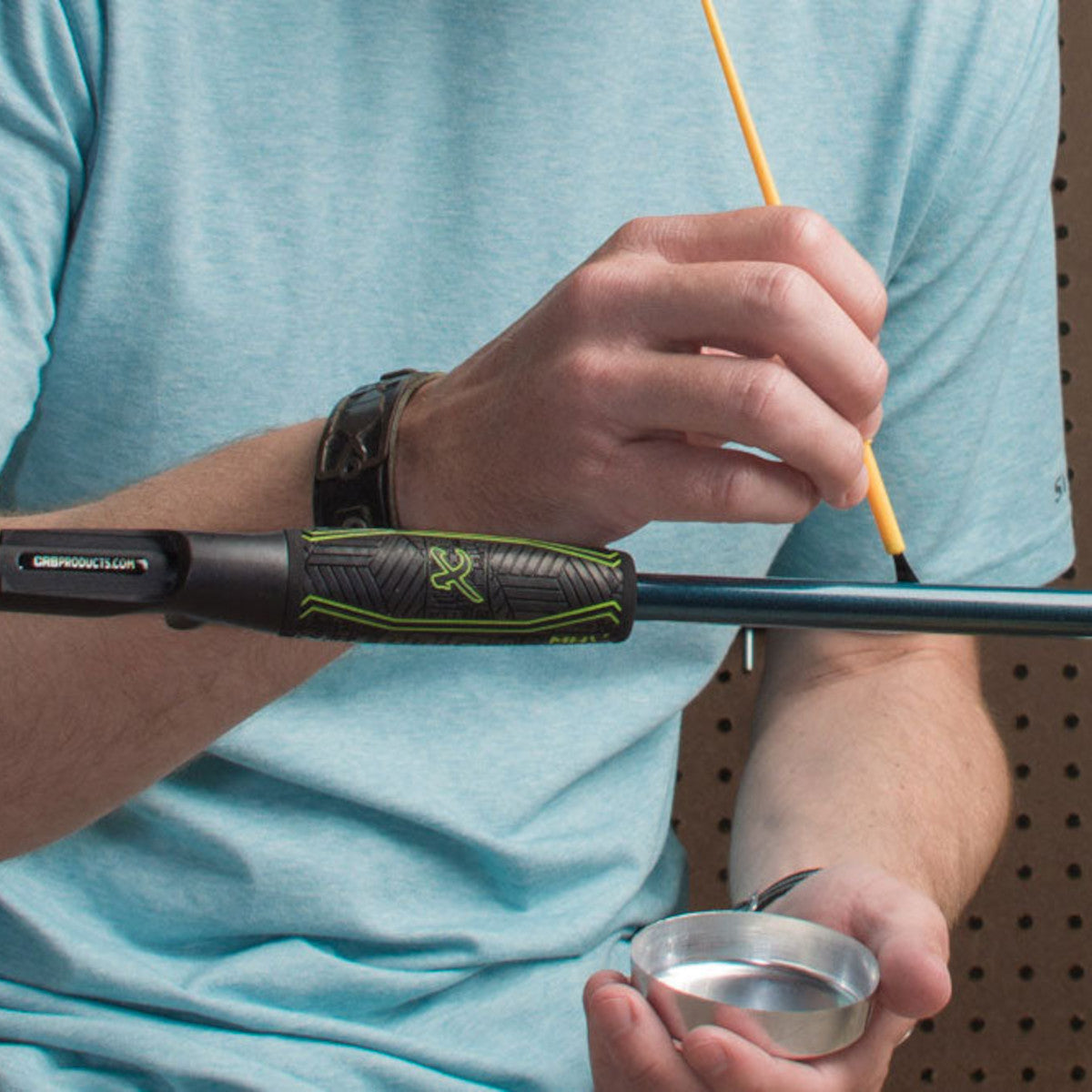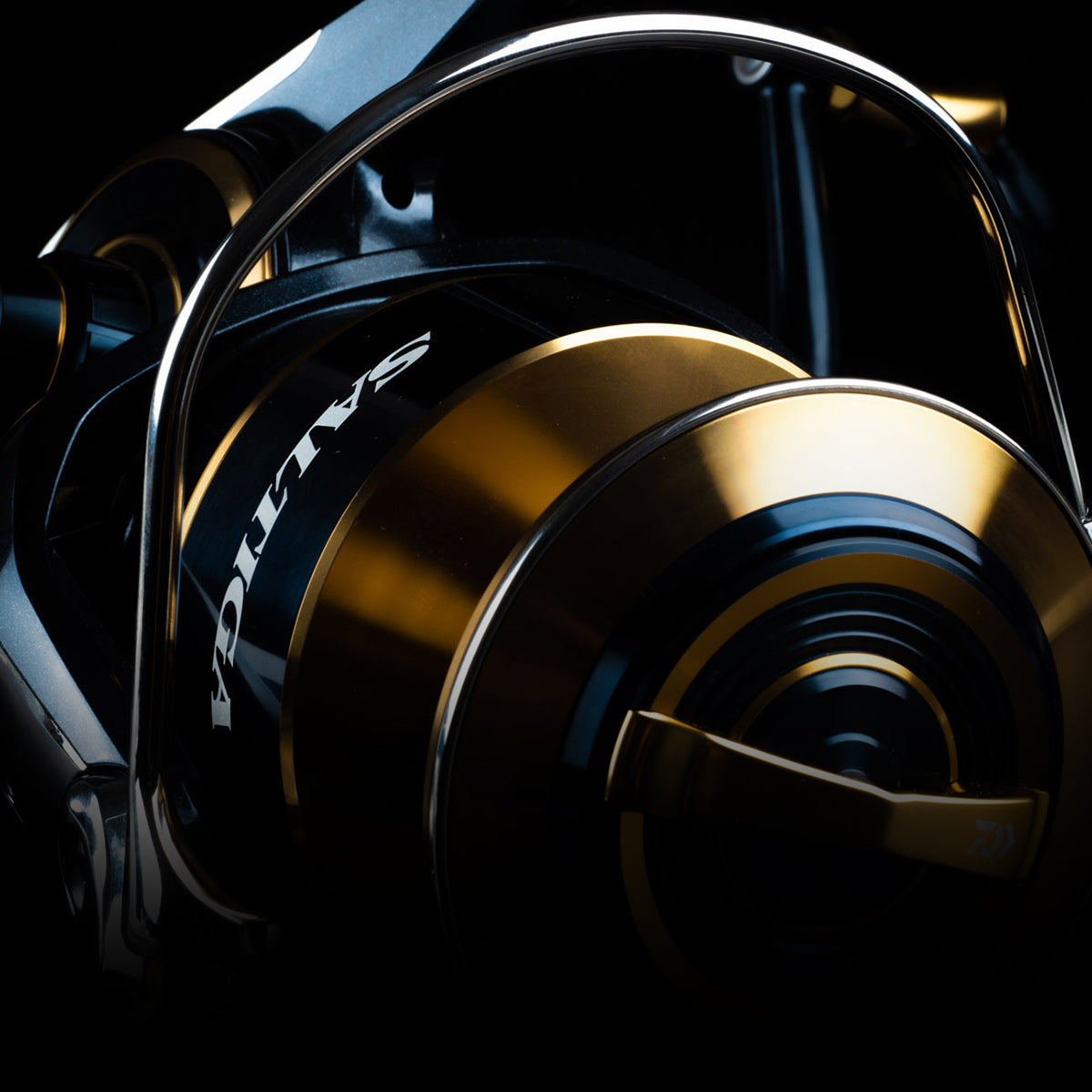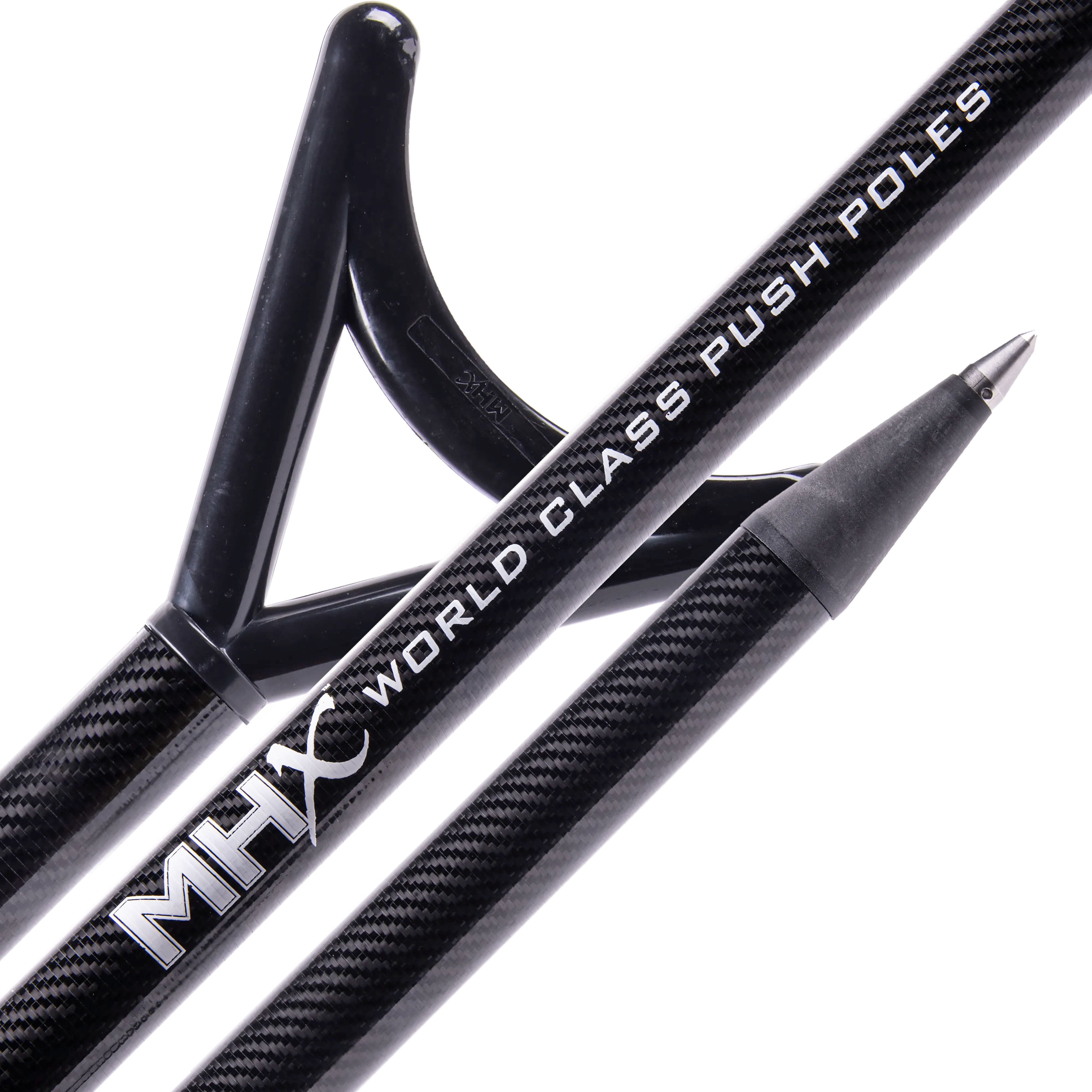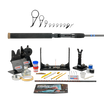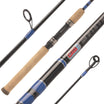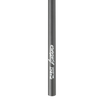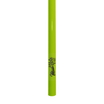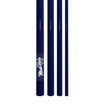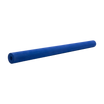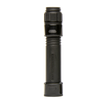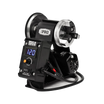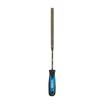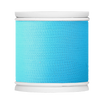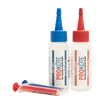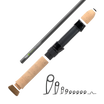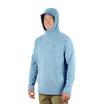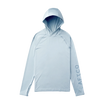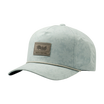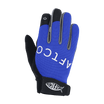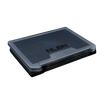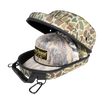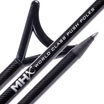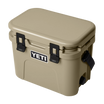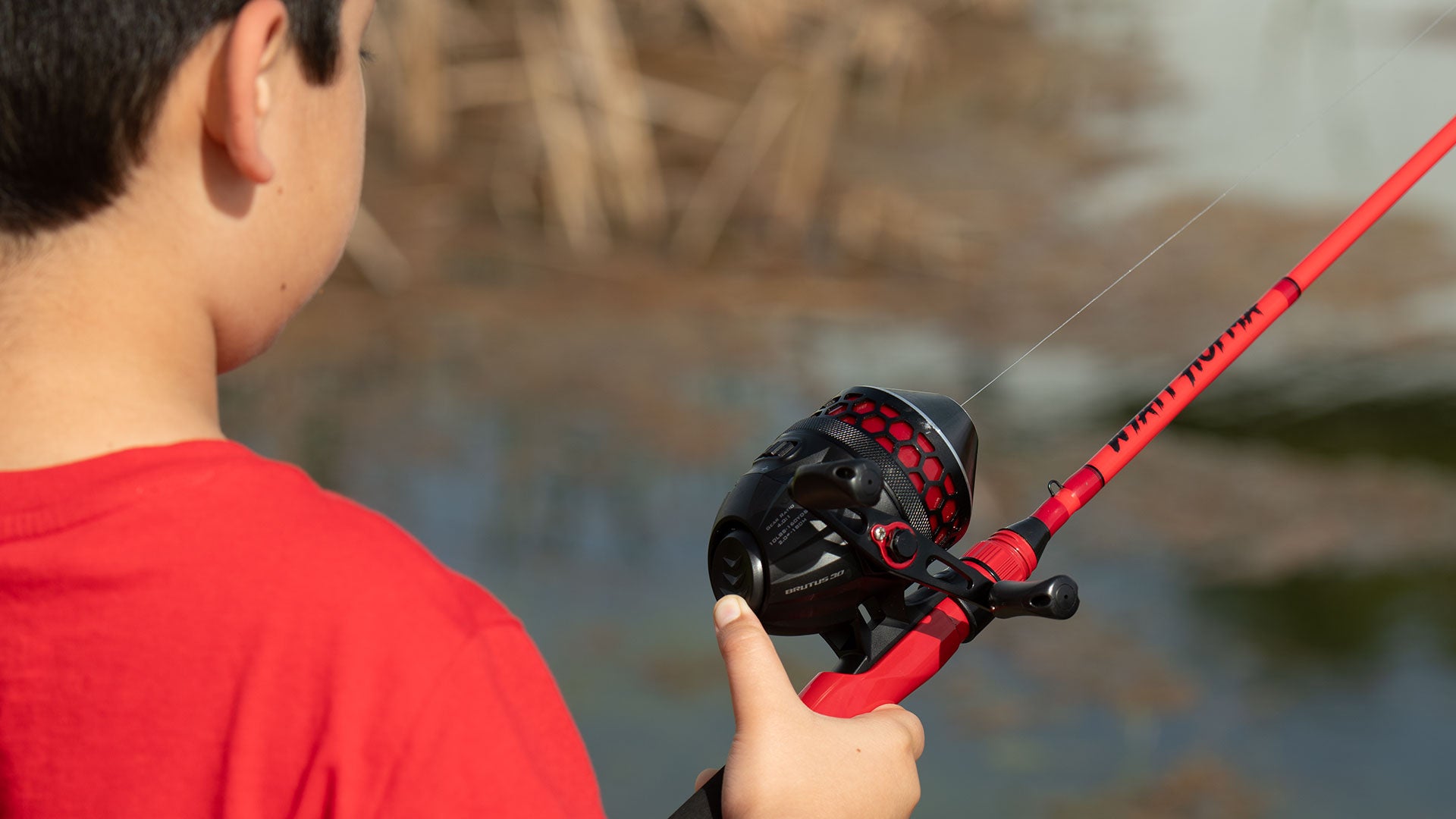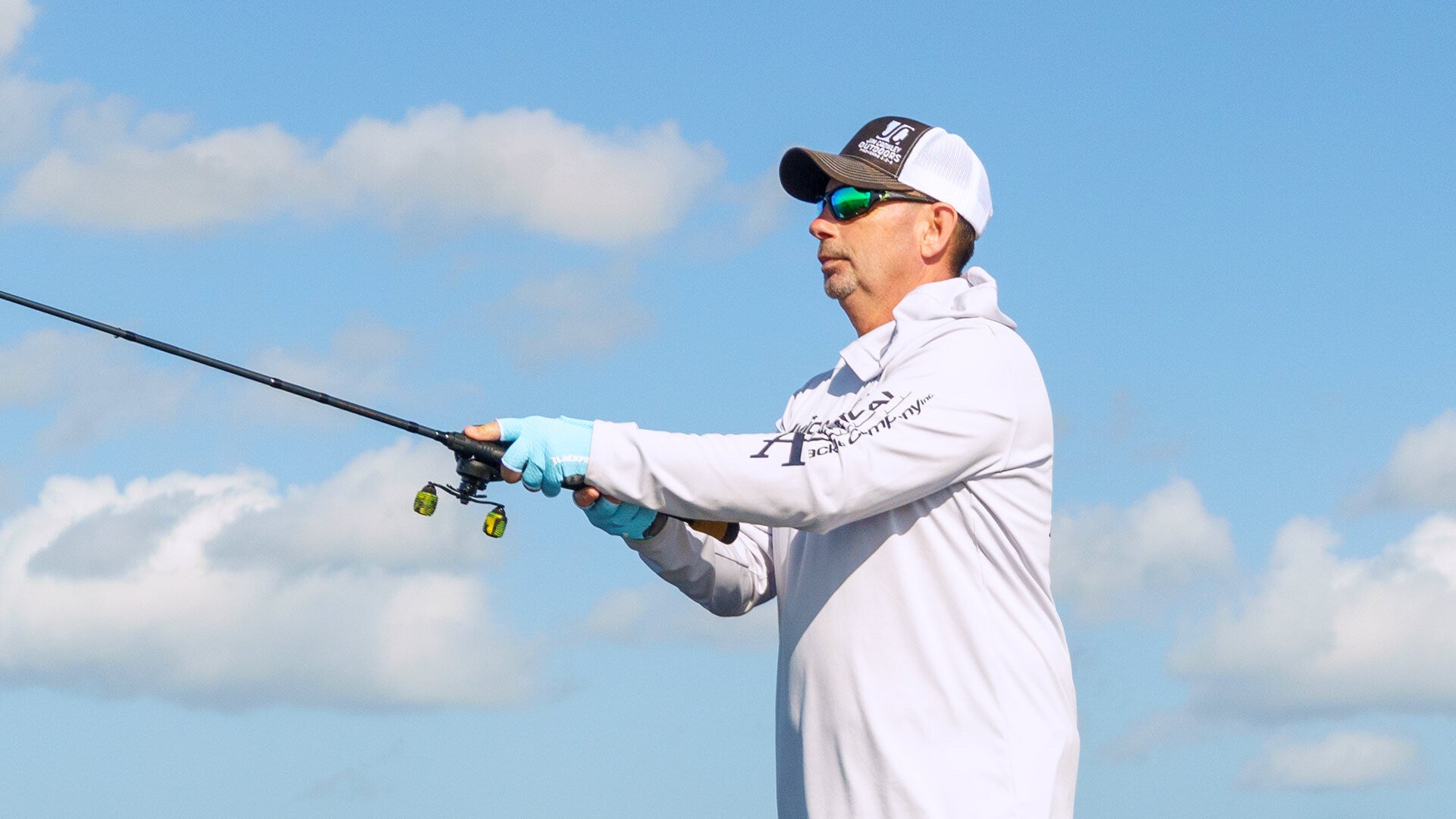I think we all remember the time we caught a little bass on a lure that was about as big as the fish. Usually, we take a photo have a laugh and make a joke, “his eyes are bigger than his stomach”, or something along those lines. Well, over the last 15 or so years we have realized that the largemouth bass never outgrown that same big bait mentality.
When looking at throwing large swimbaits it can be quite overwhelming. The lures resemble something you might see being trolling for marlin, not largemouth bass. In addition, they range in weights from 1/2oz to over 10oz, so specific gear is needed.
Getting Hooked
Once I started getting into some lighter jointed swimbaits it was not too long before I was seeing success. Witnessing a 15-inch bass slam a 7-inch jointed bait pretty much had me hooked. Along the way, I've achieved new personal bests and observed the raw, predatory nature ingrained in bass of all sizes.

Through my relatively brief swimbaiting journey, I've come to understand the importance of seizing every rare opportunity to land a memorable fish when exclusively using large baits. A missed strike or a fish that slips away could have been the double-digit catch you've been relentlessly pursuing. That's why having the right swimbait rod is crucial. Not only are they essential for handling the hefty weight of unusually large baits but they also play a pivotal role in maximizing your chances of success on the water.
Choosing Components for Your Build
Let’s talk about some of the blanks and components we recommend for big swimbaits. I requested assistance from our resident swimbait obsessed angler, Alex Funke, to walk through some of his preferred builds.
We are going to start with the most important tool, the blank. Remember, with such varying weights in swimbaits, you might not be able to have a one blank for all unless you have a specific size and style bait that works best in your area.
Funke prefers two blank series in the American Tackle line of blanks for his swimbait needs. “For my lighter soft plastic paddle-tails or smaller jointed baits like a Bull Shad or Bull Herring I like the Bushido Light Saltwater Rod Blanks”, Alex explains. Most inshore or light saltwater blanks are tough and have the proper action for swimbaits.
The Bushido Light Saltwater feature unparalleled durability and performance by meticulously alining cutting-edge technology in material and design with the ideal action across varying lengths. Alex’s choice is the LS8 20/40 which is an 8 footer, 20-40lb line rating with a lure rating of 1/2oz – 2oz. “This blank is a little faster than most inshore or swimbait blanks, but I like it for my single hook baits. I can add a little action to the bait during the retrieve plus it gives me the power for a more typical bass hookset”, said Funke.
For the heavier baits Alex moves to the American Tackle BA3K blanks which were a unique design for west coast style fishing. He introduced me to the Bushido 3K Jig n' Bait Blanks and I could instantly feel the power but coupled with the moderate fast action and the 3k twill these are ideal to handle large fish, big baits and excel under extreme conditions. One of the key features I mentioned in these blanks is the 3k Matrix Twill. It is not just for looks like with some manufactures, but this added layer provides multidirectional strength that helps not only when fighting fish but adds a layer of durability if you are tough on your gear.
These blanks come in three lengths and in varying powers from heavy to XX-heavy and can easily handle large swimbaits from 1oz to over 10oz depending on the blank power you choose.
When choosing your blank length Alex describes how American Tackle has chosen lengths to accommodate those builders who like to trim their blanks to get precise lengths. “I trim my blanks down all the time and American Tackle has designed the blanks to be fished at their finished lengths but if you want to trim it down some you can do so” Alex explains.
We discussed it just makes sense for those building their dream custom rod, to be able to make it the exact length they want. I am someone who does not fish many 7’6” blanks for example, but there are many blanks out there that are perfect for a unique lure or technique. So, I might take 2” or 3” off that blank and feel it can make all the difference.
Get a Handle On It
Let’s move onto the handle section as this can typically cause some confusion. If you have not but a custom rod for big swimbaits you are probably not familiar with handle longer than 11” or 12” on your bass rods. Well, most dedicated swimbait rods are 14” or 15” long to help provide balance, increase leverage on casts and helps reduce fatigue for long days on the water.

A couple things to consider when making a handle that long is the material and configuration. This is not necessarily the time for a regular split grip in my opinion. If you do like the look of a split grip, Alex has a couple rods that have really cool elongated split grips. The best of both worlds! You will find that rod spends a lot of time against your body and tucked under your arm, so having either EVA or cork on that handle can create a little cushion and help you to hang on when fighting a big fish. Plus, CRB now has longer full cork grips with a larger diameter for easy assembly.

Along with the handle section we need to consider a reel seat. Keep in mind many of these blanks will be larger in diameter so your favorite bass seat might not fit. Good news, most manufacture make a size 17 or 18 body in their most popular reel seats. So, if you like a Fuji ECSM like myself, or an American Tackle P-Seat like Funke, you got it.
“I tend to use a non-exposed style seat for my swimbait rods. Although I do love the look of a skeleton style or some of the great exposed seats from American Tackle, I like the simplicity and robust feel of the P-Seat for my swimbait builds”, Alex explains.
As for the foregrip portion, I still see it as optional on any bass rod but I will say with a long rear grip in what may call a musky style rod, I would add a foregrip. Many times, these large swimbait rods do double as musky rods. In addition, I have seen bass follows that swimbait to the boat and will eat it if the angler shows that fish a figure eight maneuver.
Which Guides for a Swimbait?
Moving on to guides, there is not too much of a difference here and your normal worm or frog rod but a word of caution, you need to watch the height of your reel. Since most big swimbait angler do not throw the same reels as they would on their seven foot, medium heavy, you need to adjust your guide train.
Do I believe you need to run double foot guides all the way out? No, but the first couple stripping guides do need to be adjusted. I typically fish a double footed size 6 to single foot size 5 runners all the way to the tip on all my bass rods. Yet, when I go to a big swimbait rod I will throwing a size 200 low profile reel and others even throw a larger round reel. So, we add in a double footed size 8 to a double footed size 7 or 6 before dropping down to our single foot size 5 running guides.

In terms of guide type or preference there is no wrong answer here. “I love the American Tackle TiForged for just about everything. All my recent bass builds feature them and they are light, durable and I have confidence in them. I just take my normal guide train and add a larger double footed stripper guide and use static deflection to get the proper spacing”, Alex described.
Confidence is key with any with any rod build so I stay with what I have confidence in as well. I love the CRB LZR guide train as well as the Fuji KW double footed guides. The only change I might make is if you live in an area where this rod might also be used for inshore tarpon, snook or big jack crevalle. Then, I might go to titanium framed guides for the extra corrosion protection. If you want to learn more about if or when you should go to titanium framed guides, check out the blog BUILDING WITH TITANIUM COMPONENTS: IS IT NECESSARY?
The Right Hook Keeper
Oh, one last suggestion before we close. Check your hook sizes before settling on a hook keeper. There are many different types, styles and sizes so be sure you have one that will fit the size hook you are using.
Plus, if I am fishing baits with treble hooks most of the time, I prefer a closed hook keeper. That way if the line loosens a little it will not cause you bait to come out of a drop shot style hook keeper.


